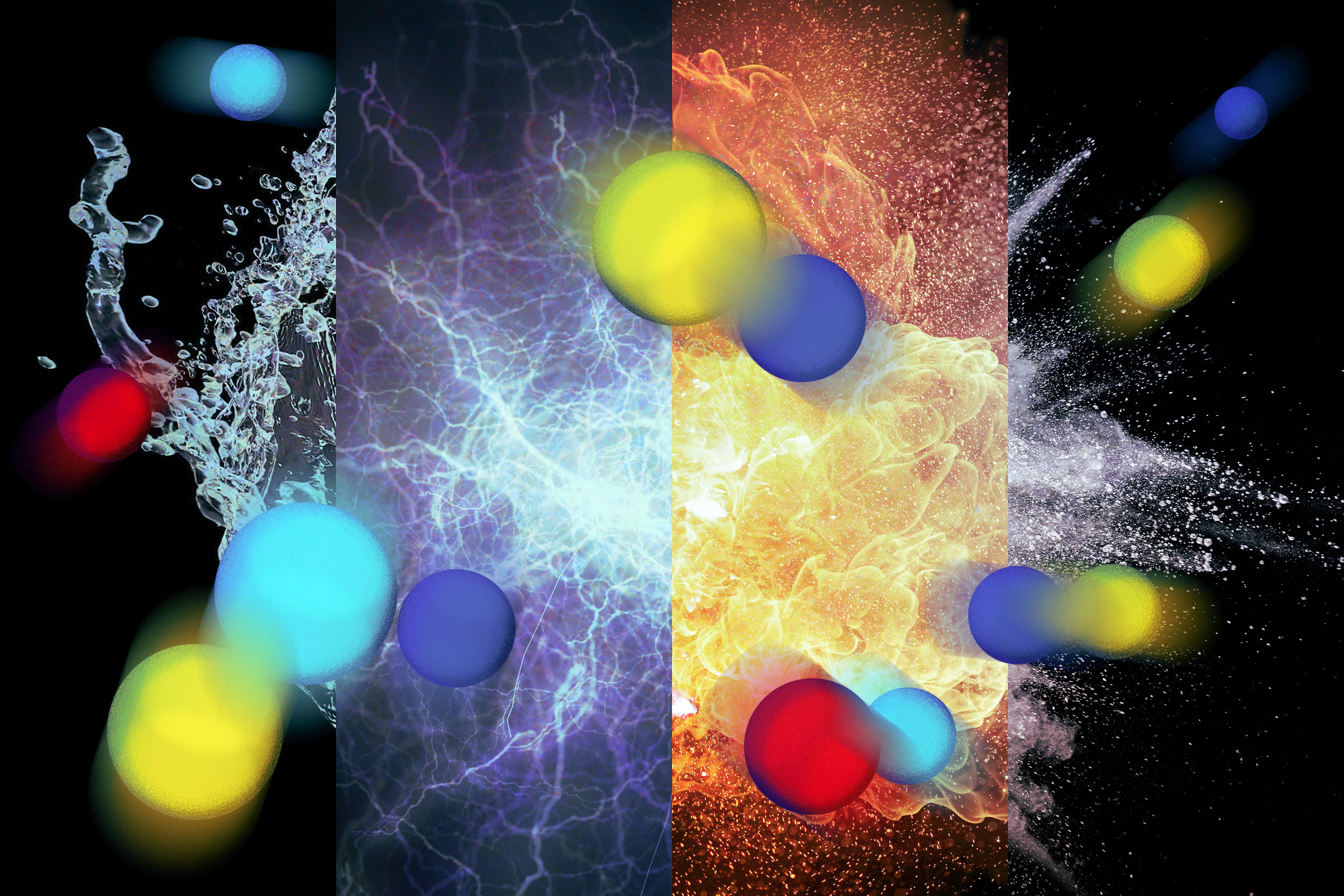Introduction to Chemical Reactions
When chemists design new chemical reactions, one useful piece of information involves the reaction’s transition state — the point of no return from which a reaction must proceed. This information allows chemists to try to produce the right conditions that will allow the desired reaction to occur. However, current methods for predicting the transition state and the path that a chemical reaction will take are complicated and require a huge amount of computational power.
The Challenge of Predicting Transition States
For any given chemical reaction to occur, it must go through a transition state, which takes place when it reaches the energy threshold needed for the reaction to proceed. These transition states are so fleeting that they’re nearly impossible to observe experimentally. As an alternative, researchers can calculate the structures of transition states using techniques based on quantum chemistry. However, that process requires a great deal of computing power and can take hours or days to calculate a single transition state.
A New Machine-Learning Model
MIT researchers have now developed a machine-learning model that can make these predictions in less than a second, with high accuracy. Their model could make it easier for chemists to design chemical reactions that could generate a variety of useful compounds, such as pharmaceuticals or fuels. The model, called React-OT, uses a different strategy than previous models. It begins from an estimate of the transition state generated by linear interpolation — a technique that estimates each atom’s position by moving it halfway between its position in the reactants and in the products, in three-dimensional space.
How React-OT Works
Because React-OT starts from a much better initial guess than just a completely random guess, it takes the model fewer steps and less time to generate a prediction. In the new study, the researchers showed that their model could make predictions with only about five steps, taking about 0.4 seconds. These predictions don’t need to be fed through a confidence model, and they are about 25 percent more accurate than the predictions generated by the previous model.
Training and Applications
To create React-OT, the researchers trained it on a dataset that contains structures of reactants, products, and transition states, calculated using quantum chemistry methods, for 9,000 different chemical reactions, mostly involving small organic or inorganic molecules. Once trained, the model performed well on other reactions from this set, which had been held out of the training data. It also performed well on other types of reactions that it hadn’t been trained on, and could make accurate predictions involving reactions with larger reactants.
Future Developments
The researchers are now working on training the model so that it can predict transition states for reactions between molecules that include additional elements, including sulfur, phosphorus, chlorine, silicon, and lithium. They hope that other scientists will make use of their approach in designing their own reactions, and have created an app for that purpose.
Conclusion
The development of React-OT is a significant step forward in the field of chemical reaction design. With its ability to predict transition states quickly and accurately, it has the potential to accelerate the discovery of new compounds and materials. As the model continues to be developed and improved, it is likely to have a major impact on the field of chemistry and beyond.
FAQs
- What is a transition state in a chemical reaction?
A transition state is the point of no return from which a reaction must proceed. - How does React-OT work?
React-OT uses a machine-learning model to predict the transition state of a chemical reaction, starting from an estimate generated by linear interpolation. - How accurate is React-OT?
React-OT is about 25 percent more accurate than previous models, and can make predictions in less than a second. - What are the potential applications of React-OT?
React-OT has the potential to accelerate the discovery of new compounds and materials, and could be used in a wide range of fields, including pharmaceuticals and materials science. - Is React-OT available for use?
Yes, the researchers have created an app that allows other scientists to use React-OT to design their own reactions.











